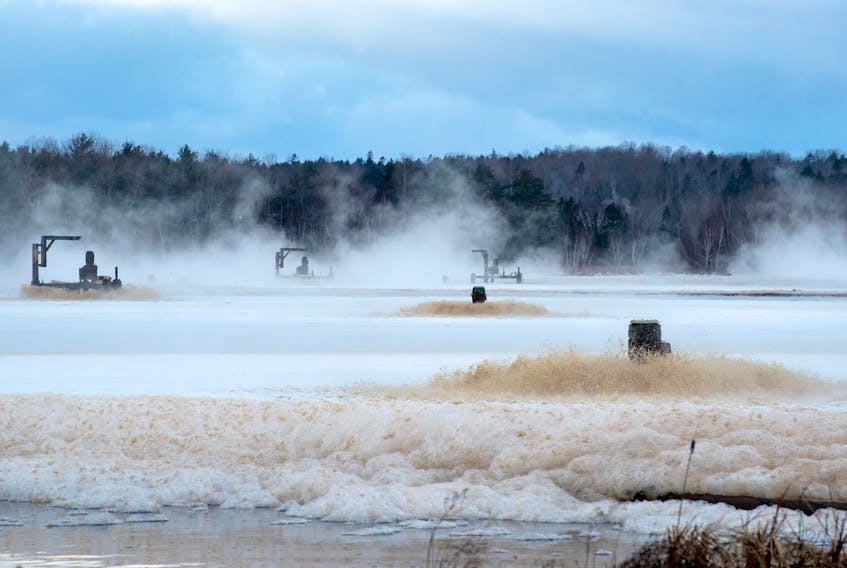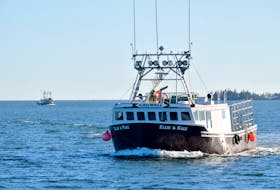Environment Minister Iain Rankin promised a rigorous Class II environmental assessment of the Boat Harbour mill waste site prior to its 2020 closure, saying the crisis has “gone on far too long.”
Speaking in Halifax Friday, Rankin pledged that the heavily polluted site will definitely close by Jan. 31, 2020, in keeping with the government’s earlier promises to people in Pictou County, including the residents of Pictou Landing First Nation who live close by.
“Make no mistake. This project will help correct a historical injustice leveled on the people of this community,” Rankin told media in Halifax.
The Class II assessment will last for 275 days, not including the time to file an environmental assessment report. It will cover issues such as impacts on ground and surface water, how to safely dispose of contaminants, effects on wetlands, soil and public health, among others.
Heavy metals are some of the materials polluting Boat Harbour, which was once an estuary.
Rankin said that pollution on the site dated back 50 years and the price tag was not important when rectifying a historical wrong.
The most recent estimates say that cleaning up Boat Harbour will cost at least $133 million, a price tag that has ballooned over the last few years.
“It is one of the biggest examples of environmental racism in the province and probably in the country,” said Rankin.
The province says that a more detailed assessment is needed because of the project’s size and the amount of chemical contaminants in the soil and water. The cleanup itself could have environmental impacts, which the province aims to avoid.
Rankin promised that the assessment will be transparent, including public hearings and input from stakeholders including First Nations.
The department will appoint an environmental assessment panel through the agencies, boards and commissions process. The panel may hold public hearings or a public review of the project.
Nova Scotia Lands will manage the cleanup project.
The ultimate aim is to restore Boat Harbour to its former status as an estuary.
“It’s impossible to overstate how important this project is to the people of Pictou County and Pictou Landing First Nation,” said Rankin.
Northern Pulp is currently designing a new effluent treatment plant to replace it, which at time of writing will require a less rigorous Class I environmental assessment.
Unlike the current Boat Harbour facility, the province says that Northern Pulp’s new plant must be designed and built to meet today's effluent treatment standards.
Fishermen, First Nations and other groups have voiced concerns that a new treated effluent pipe will harm fishing grounds and marine life in the Northumberland Strait.
Northern Pulp representatives say that the new pipe will be environmentally safe and have little or no impact on marine life and ecosystems.









